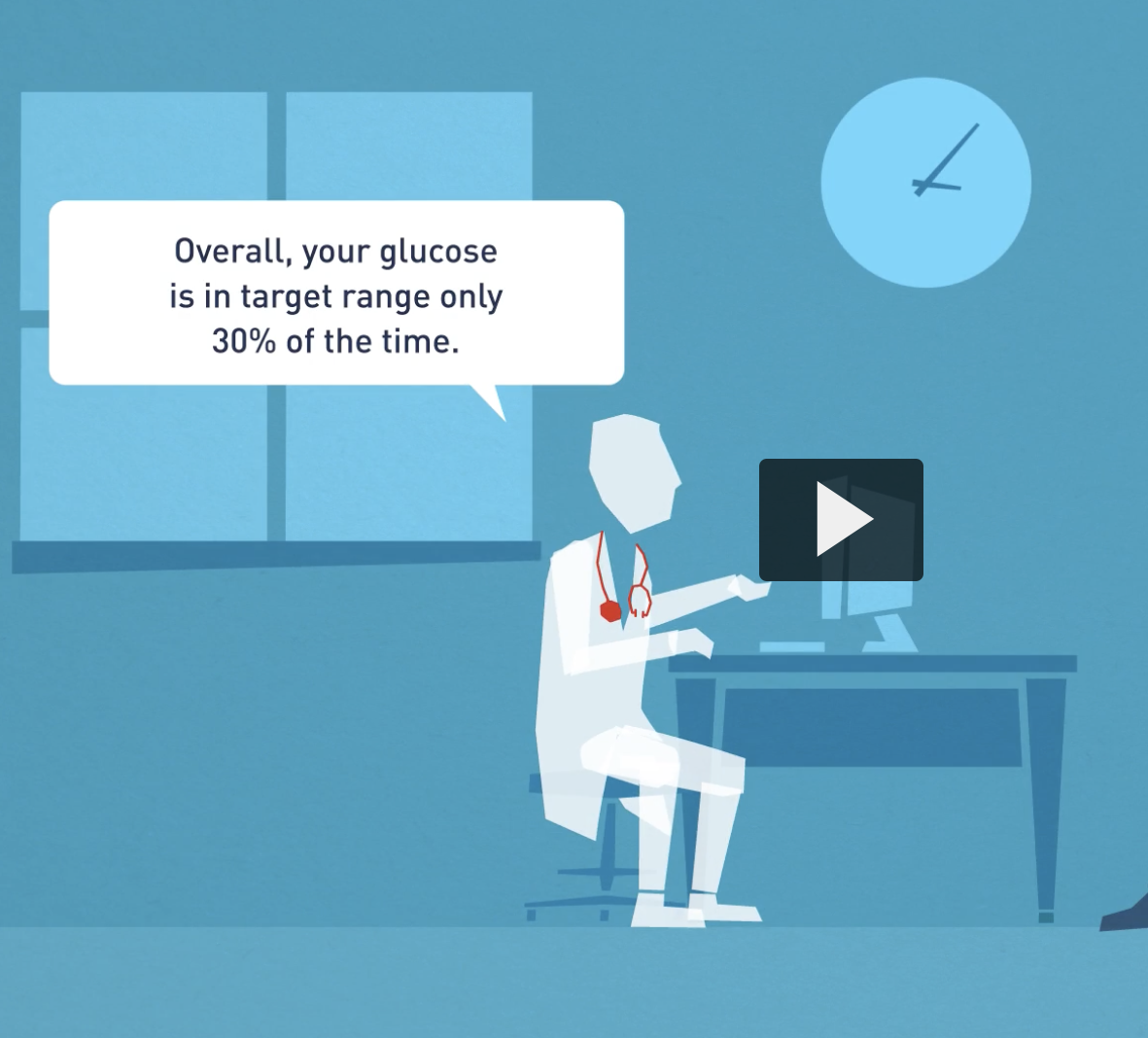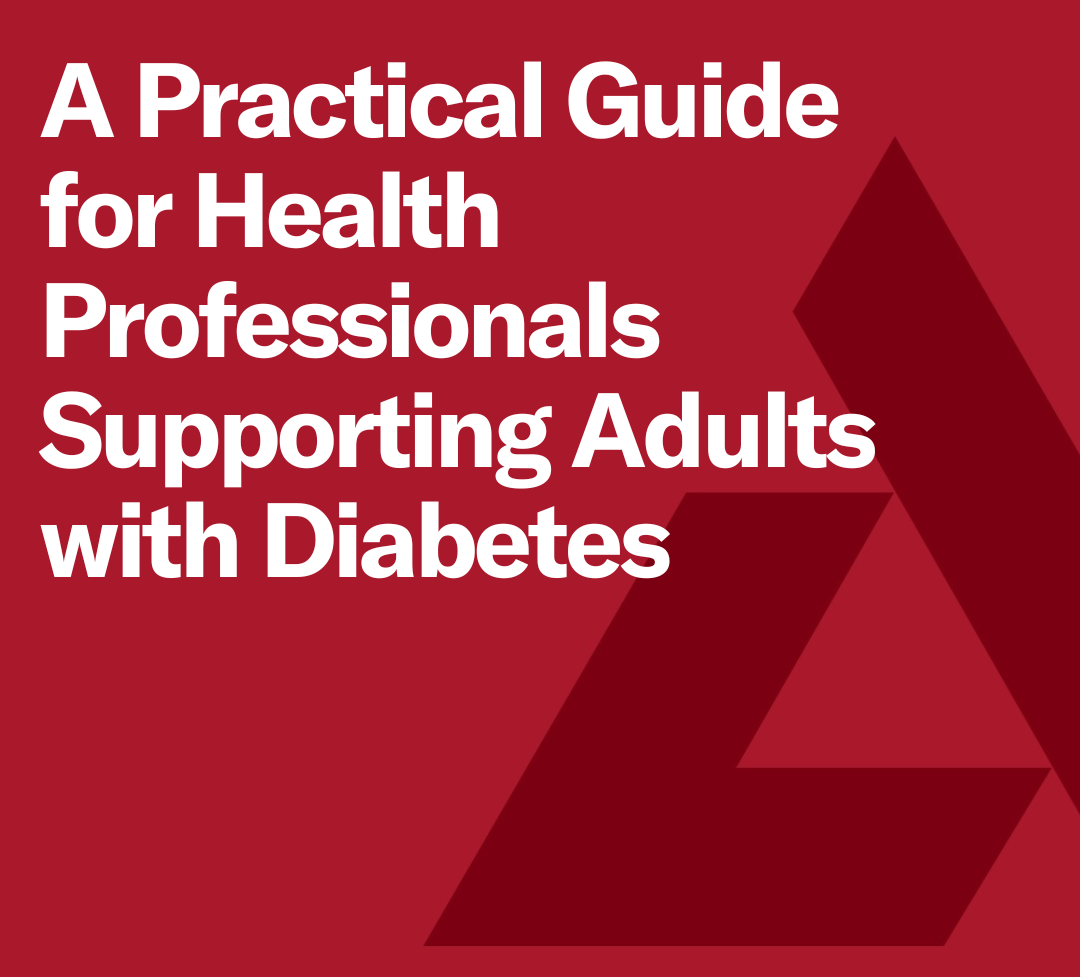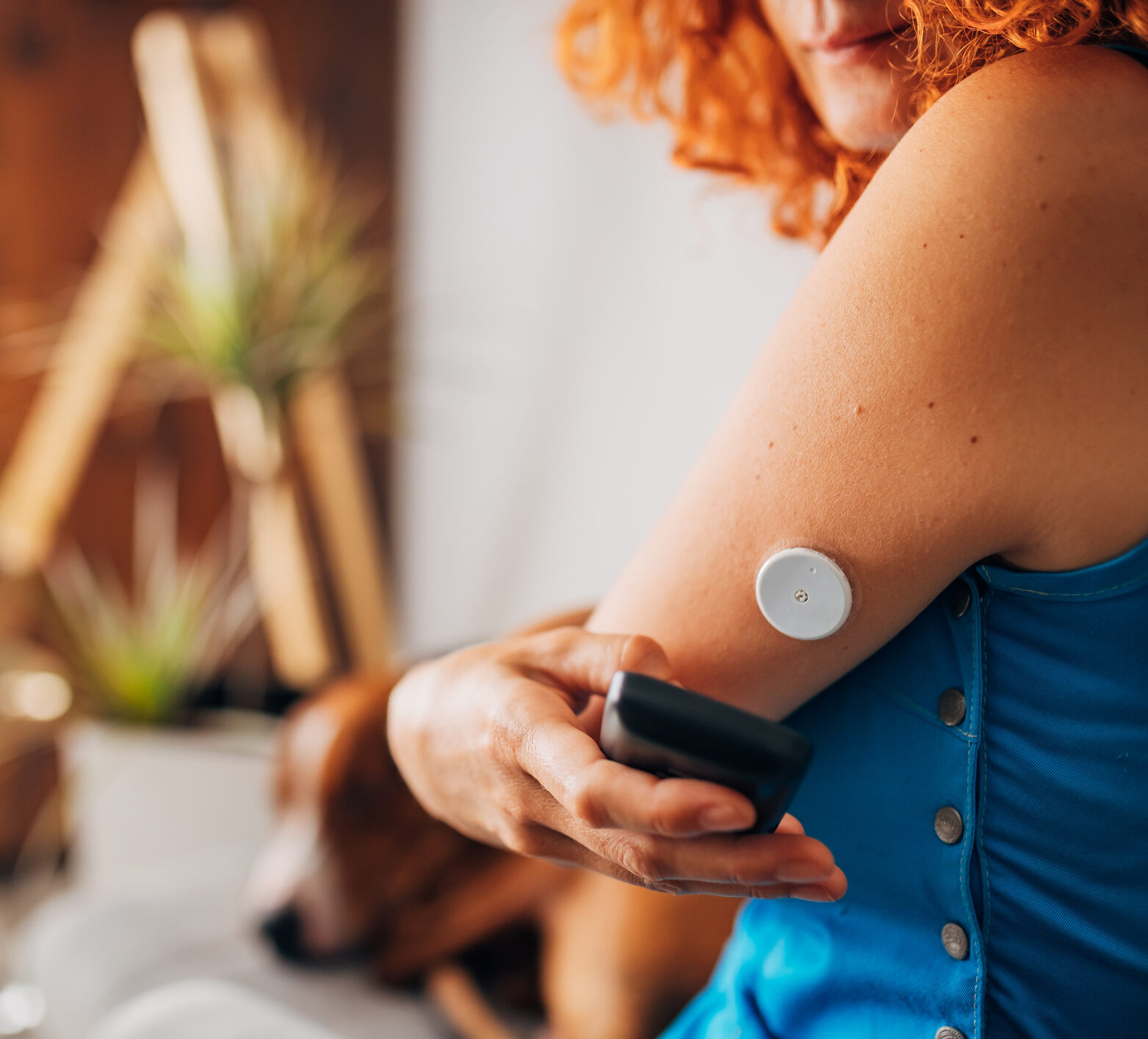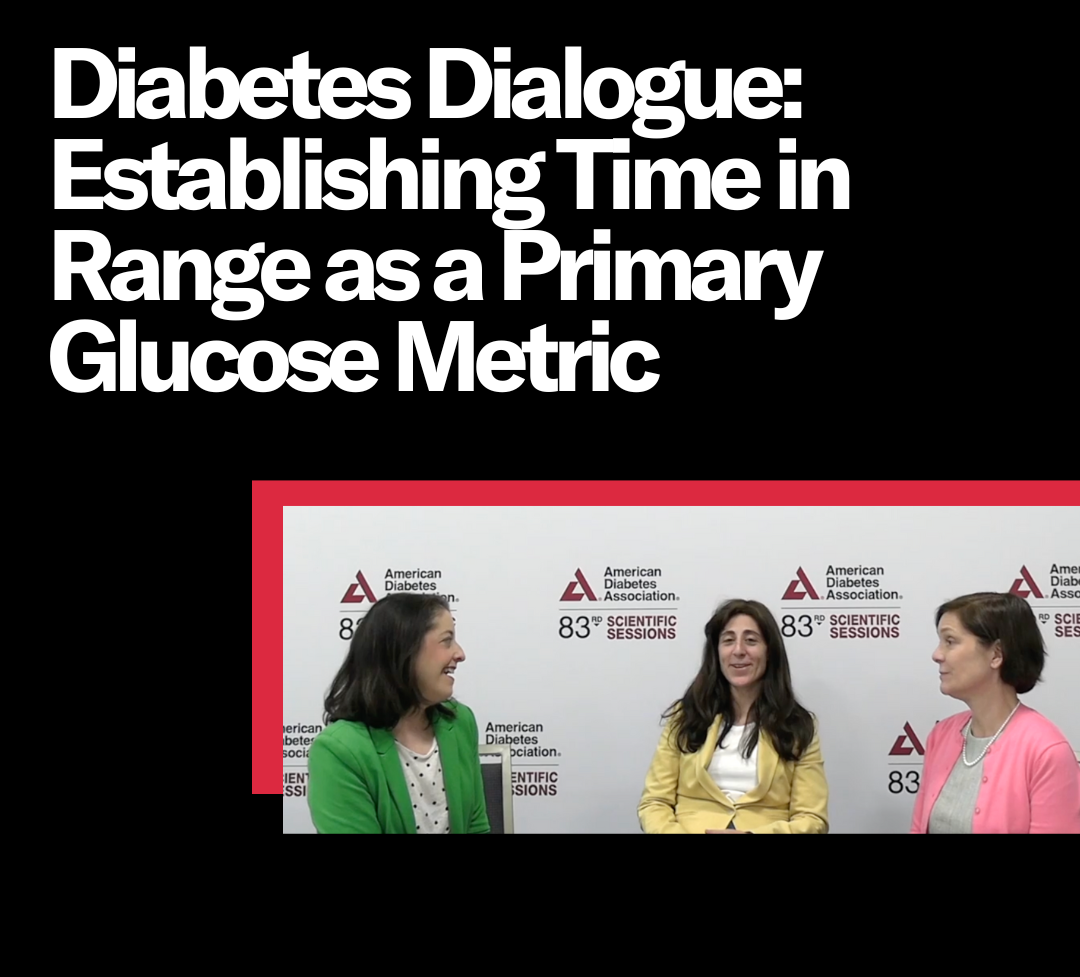
Healthcare Professionals
RESOURCES
Time in range is always evolving. Stay updated and ensure that you're giving your patients the best care possible.
DIG DEEPER INTO TIME IN RANGE
Dive into everything that time in range can do for you patients—and how to navigate time in range during life's complications.


Working Together to Use Time in Range Data (video)
Learn how to have a productive conversation with patients about their time in range...

A deeper dive into the International Consensus Report on Time in Range and guidance recommendations
The ADA Standards of Care included TIR as an important metric for people with diabetes...

Optimizing workflow with time in range in your practice (video)
Watch how healthcare teams can efficiently incorporate time in range into their practice...

Managing care when out of range (video)
Join Dr.Aaron King as he provides insight on managing care when your patient is out of range...

Using Diabetes Technology in Rural Practice (video)
Join Dr. Johnson as he discusses incorporating diabetes technology in rural practice...

Time in Range and COVID (video)
Dr. Ruth Weinstock's practice pearl focuses on time in range and COVID...

The Impact of Psychosocial Functioning When Using CGM to Achieve Time in Range (video)
Join Dr. Hilliard as she discusses the impact of psychosocial functioning when using CGM...

ADA's Practice Pearl video library
Check out ADA's time in range-specific video library to stay updated with time in range...

Helping your patients increase their time in target range
Pursuing Time in Range goals has multiple benefits beyond clinical gain...


AACE's CGM and time in range training guide
AACE has compiled training resources to help stay up to date with all things time in range...


Calculating the GMI (Glucose Management Indicator)
GMI indicates the average A1C level that would be expected based on mean glucose...

Resources used by HCPs to educate PWD about TIR (video)
How healthcare professionals can educate people with diabetes about time in range...

A guide for anxiety in adults with diabetes
Diabetes and emotional health are interlinked—learn more with ADA's guide ...

Awareness of Time in Range – Opportunities for Increased Adoption
These data highlight a significant lack of TIR among people with T2 and CGM non-users...

Diabetes Dialogue: Establishing Time in Range as a Primary Glucose Metric
Healthcare professionals and patient advocates discuss increasing adoption of time in range ...

TIRC's Research Hub
Check out the most impactful journal articles that support time in range and its outcomes...
Latest Research
Health Care Providers
-
Awareness of Time in Range – Opportunities for Increased AdoptionThese data highlight a significant lack of TIR awareness among people with T2 and CGM non-users....
-
Utilization of Time in Range in Real World Varies by Type of DiabetesGreater access to CGMs may enable more people with diabetes to use TIR in their daily disease management....
-
Awareness of Time in Range Varies by Type of Health Care ProviderThis data highlights a significant lack of TIR awareness among PCPs as compared to DEs and Endos...
-
CGM Access is the Main Barrier to TIR Use Among ProvidersThese data highlight a lack of access to CGM as a key barrier to the adoption and use of TIR among HCPs...